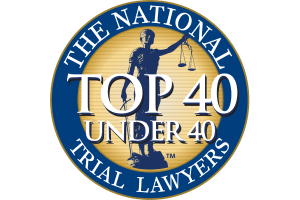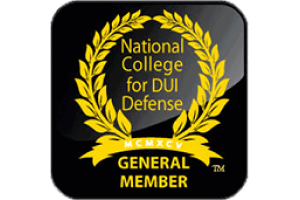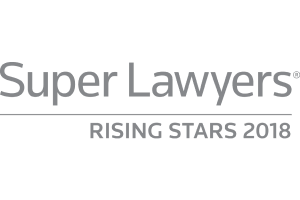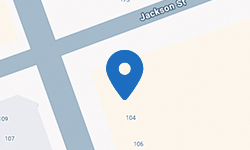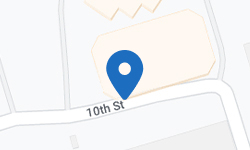Disorderly Conduct in New York: What It Really Means
A night out, an argument on the street, or even being too loud in public can sometimes end with a disorderly conduct charge. While it’s not as serious as a misdemeanor, this charge is common in Nassau County and can still cause headaches. Here’s what the law says in plain English.
1. What the Law Says
Under New York Penal Law § 240.20, you can be charged with disorderly conduct if you intentionally cause a public disturbance or act in a way that creates a risk of disorder. Examples include:
- Fighting or threatening behavior in public
- Making unreasonable noise
- Blocking traffic or pedestrian walkways
- Refusing to move when ordered by police
- Disrupting lawful assemblies (like a meeting or event)
2. Penalties if You’re Convicted
Disorderly conduct is a violation, not a misdemeanor or felony. That means it’s technically not a crime, but it still goes on your record unless dismissed. Possible penalties include:
- Up to 15 days in jail
- Fines up to $250
- Community service or conditional discharge
Even though the penalties are lighter, having a record of disorderly conduct can still affect employment, licensing, and immigration matters.
3. What Prosecutors Must Prove
To convict someone, the prosecution must show beyond a reasonable doubt that:
- You engaged in one of the listed behaviors (fighting, noise, blocking traffic, etc.),
- You did it with intent to cause public inconvenience, annoyance, or alarm, or recklessly created that risk, and
- It happened in a public place.
Final Thoughts
Disorderly conduct charges often come out of misunderstandings, heated moments, or situations where police want to “control” a crowd. While less serious than other charges, it’s still important to defend against it. At Hochhauser Criminal & DWI Defense, we regularly fight disorderly conduct cases in Nassau County and work to keep our clients’ records clean.



